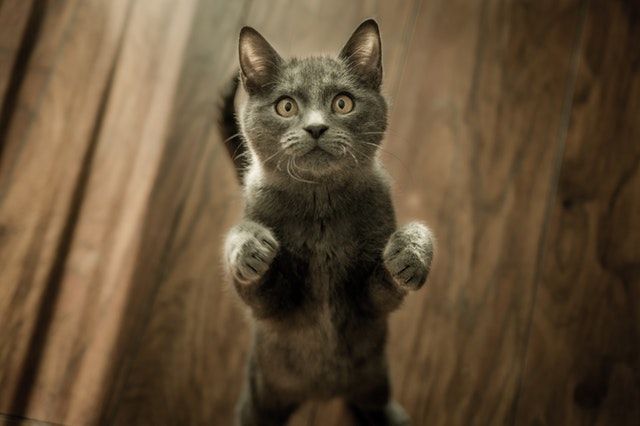A recent report by South African scientists has revealed that adorable feline friends of residents in Cape Town are responsible for killing as many as 90 animals each per year.
The report aims to study the impacts of domestic cats on indigenous species in Cape Town, as these little creatures contribute to the extinction of species worldwide.
Making use of animal-borne video cameras or “KittyCams” to assess predation habits and trends, scientists were able to track the movements of cats and reveal the fate of their prey.
Three questionnaire surveys from 2009, 2010 and 2013/14 were also used to track the number of prey cats actually brought home to their owners.
Because Cape Town borders Table Mountain National Park (TMNP), these domesticated predators are often able to hunt in protected areas.
The study found that cats living on the urban edge and the deep urban had similar rates of predation. Most hunting took place during the evening and only 18% of the prey caught was actually brought home for owners to see, meaning cats kill 5.56 times more animals than they bring home.
Common types of prey include reptiles (50%) with (17%) returning home, mammals (24%) with (54%) being brought home. Only 6% of all prey caught by cats were non-native, while 17% of animals killed represent a high cost of cat predation for native fauna.
The study has revealed that altogether, Cape Town’s domesticated feline population of roughly 300 000 kills approximately 27.5-million animals every year.
Among those that are killed, TMNP loses 203 500 animals annually to cats living on the urban edge.
The study suggests something must be done to better manage domestic feline predation and save local species before its too late.
Picture: Pexels

